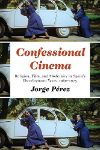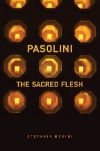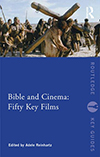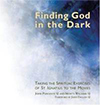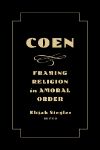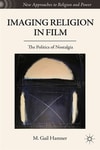- Author(s): Wendy M. Wright
- When: 1997-10
- Where: Journal of Religion & Film
This paper explores the various ways in which Babette's Feast might be called a religious film. First, yet perhaps least significantly, the film's subject matter is overtly religious. It treats of a late nineteenth century Danish Christian sect, focusing attention on the tale of two pious women whose life experiences are defined solely by their religious beliefs. Second, the film explores reality through the foundational myth of Christianity and through literary and visual symbols that derive from that faith tradition. Especially it contrasts two modalities of Christian apprehension: one which sees religiosity as primarily a matter of moral living, demeaning sensual engagement in the created world; the other which acknowledges the "sacramental" texture and depths of the created order and discovers there the divine. Third, the film as a work of art, quite apart from its subject matter or its exploration of reality through the medium of Christian symbols, is in itself profoundly religious. This is meant in the sense that its artistry allows the viewer to apprehend reality contemplatively, to take a long, loving look at the real in such a way that the hidden, sacred dimension of reality is revealed.

